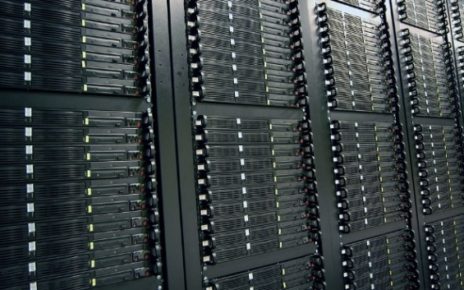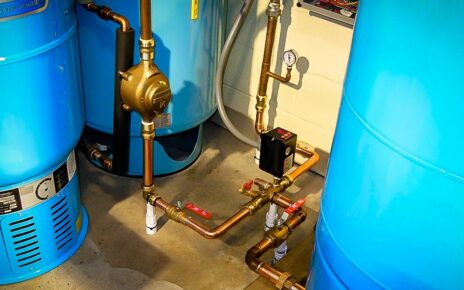In a world that thrives on innovation, electronic advancements are both a blessing and a challenge. Devices are becoming smaller, faster, and more intelligent, but this progress often comes with a hidden downside—components that once powered essential systems are slowly vanishing from the mainstream market. These obsolete electronic components may no longer be found in regular supply chains, but their importance hasn’t disappeared with their availability. On the contrary, many industries still rely heavily on these ageing parts for repair, maintenance, and continuity.
As the gap between legacy systems and cutting-edge technology grows, so does the need for a steady source of outdated components. Whether it’s in aerospace, defence, industrial equipment, or medical machinery, older systems remain functional and dependable. However, when one small part fails, the entire machine can become useless—unless that part is replaced, even if it’s no longer in production.
Understanding Why Obsolescence Doesn’t Equal Uselessness
Contrary to popular belief, the term “obsolete” doesn’t imply irrelevant or unimportant. Many industries continue to use machinery built decades ago, where replacing the entire system would be far more costly than simply sourcing a discontinued part. The continued relevance of obsolete electronic components proves that older technologies, while no longer mainstream, still hold value when reliability is prioritised over novelty.
Systems designed in the past were often built with longevity and durability in mind. This makes them ideal in critical environments where failures can be catastrophic. Replacing such systems with modern alternatives might require massive overhauls in infrastructure, training, and certification—an impractical investment for many organisations. Instead, finding the right part extends the lifespan of proven technologies.
Where Demand Meets Difficulty—The Supply Problem
Locating discontinued components is not as straightforward as shopping for current models. These items often fall into the hands of niche distributors, private collectors, or surplus inventories. Sometimes they are refurbished or salvaged, and sometimes they’re new but long out of circulation. What’s certain is that demand often outweighs supply, making procurement not just a logistical challenge but also a race against time.
Buyers must also exercise caution. As the availability of obsolete electronic components shrinks, counterfeit items flood the market, posing risks not only to performance but also to safety. This adds another layer of complexity, making it essential to source from reputable suppliers who offer guarantees and testing.
The Quiet Impact on Daily Operations
When one thinks about outdated electronics, images of retro radios or vintage televisions might come to mind. However, the reach of obsolete components is far wider and more essential than most realise. Transportation systems, telecommunications networks, energy grids, and manufacturing lines all depend on parts that may no longer be in active production. A single failed part can interrupt workflows, cause operational downtime, or even halt services entirely.
For businesses, this translates into lost revenue, missed deadlines, and frustrated customers. It’s not just about fixing something old—it’s about maintaining reliability and protecting investments that have been made over the years, sometimes even decades.
Solutions Through Planning, Stocking, and Strategic Sourcing
Anticipating obsolescence is becoming a key strategy for maintenance professionals and supply chain managers. Keeping detailed inventories, forecasting part usage, and proactively sourcing hard-to-find components before they fail can dramatically reduce risks. Some organisations even stockpile components that are no longer produced, knowing that shortages are inevitable.
Specialised distributors who focus on obsolete parts are becoming lifelines for companies navigating this issue. These suppliers understand the nuances of outdated technology, offer rigorous quality checks, and help match clients with the exact parts needed, often preventing costly replacements or equipment upgrades.
Looking Ahead—Balancing Innovation and Preservation
As technology continues to evolve at breakneck speed, the past doesn’t have to be left behind. Modern innovation and legacy systems can coexist, provided the supply chain is agile enough to support both. That’s why a thoughtful approach to sourcing electronic components is essential. It’s not just about fixing what’s broken; it’s about maintaining continuity, ensuring reliability, and protecting the systems that still serve a purpose in today’s world.
Conclusion:
While the industry often celebrates the next big breakthrough, the quiet work of preserving existing systems carries equal importance. In critical applications where reliability trumps novelty, obsolete electronic components are more than just leftovers from a bygone era—they are essential lifelines. Through careful sourcing, thoughtful planning, and strategic partnerships, businesses can bridge the gap between innovation and legacy, keeping their systems running smoothly in a world that seldom slows down.





